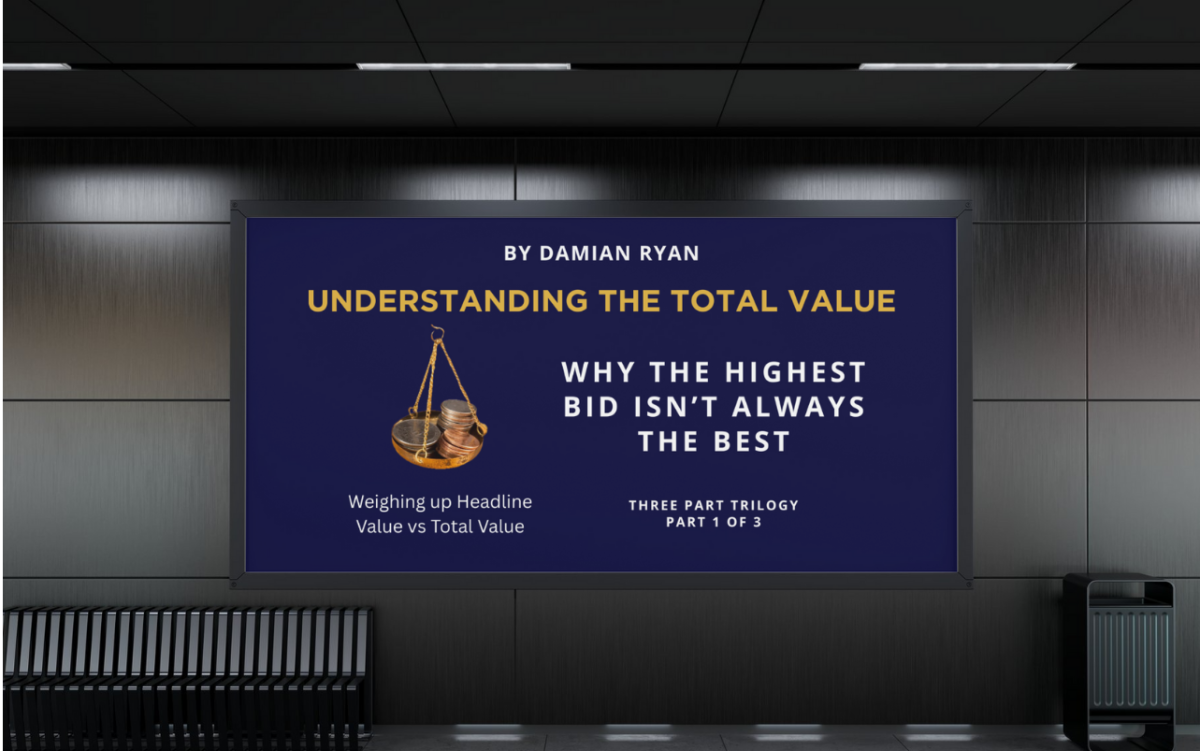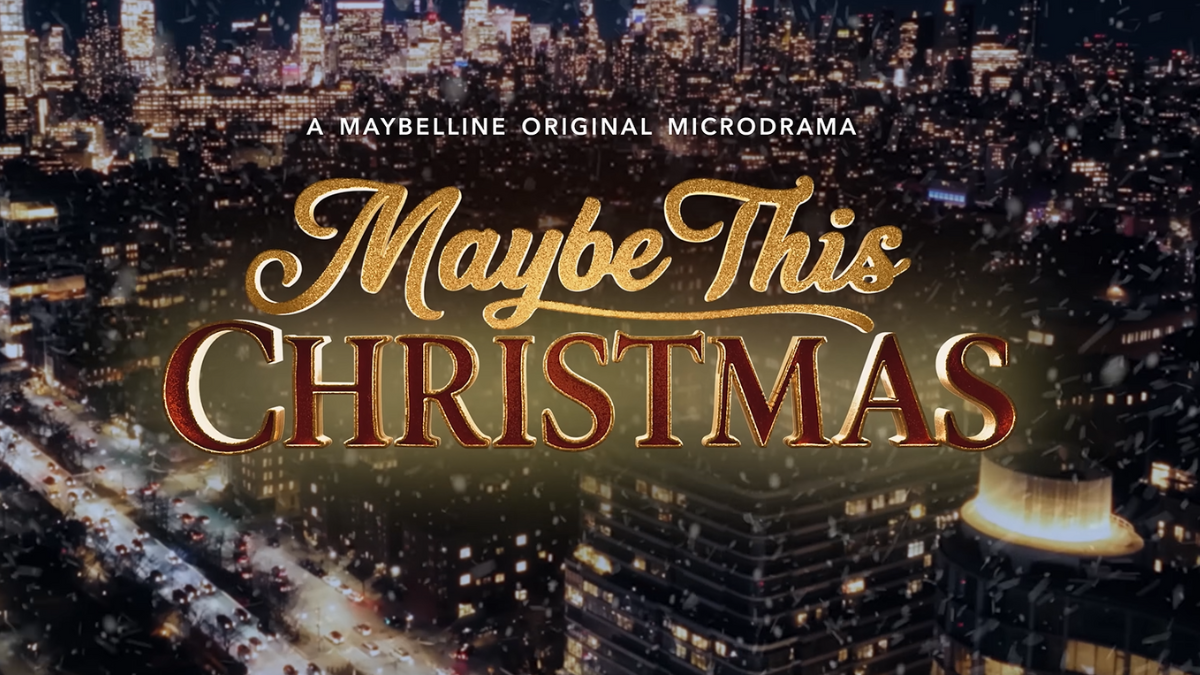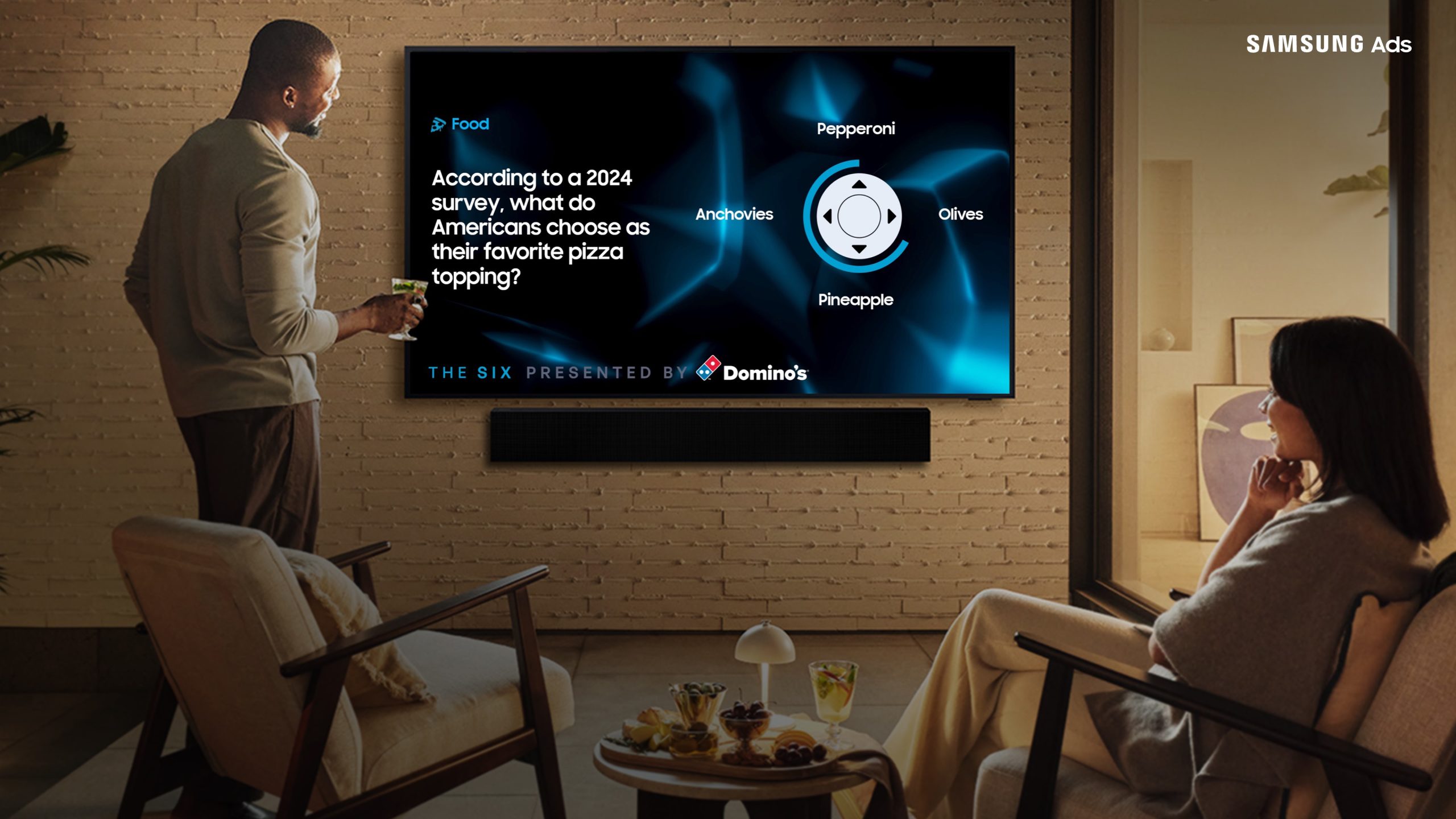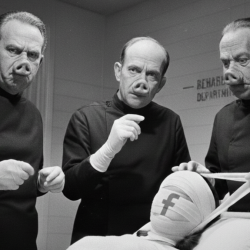This article is the first in Damian Ryan’s “What Really Drives Value” trilogy for MediaCat. The next pieces will explore how to identify the right buyer for your business, and what acquirers really value beyond the numbers.
When it comes to selling your business, the highest number on the table can be the most misleading.
Founders love to see a big headline figure — and who can blame them? But in the world of M&A, what looks like a dream offer can quickly turn into a headache once you scratch the surface.
True value isn’t about the biggest cheque (or bank transfer). It’s about the right structure, the right people, and the right future for your business.
The illusion of the highest bid
In most sale processes, the ‘winner’ is the buyer who promises the most. But here’s what I’ve seen time and again: the biggest bid isn’t always the one that delivers.
Maybe the earn-out terms are unrealistic. Maybe the buyer’s culture is a poor fit. Maybe the deal is loaded with contingencies that make the final number look better than it really is.
In short, there’s a world of difference between headline value and total value — the actual amount you’ll realise once the ink dries and the integration begins.
Real people, real stories
When I worked with Trenton Moss, founder of Webcredible, his business had just come through six months of tough trading. Many advisors wouldn’t touch it. But Trenton’s agency had a 13-year record of solid performance and a well-defined niche in UX.
We saw what others missed: the fundamentals were strong. Clean financial discipline, loyal clients, defined processes, and leadership resilience.
That mattered more to buyers than a single bad year. Within months, multiple suitors emerged — and Trenton sold to an acquirer who valued his agency’s expertise, not its short-term numbers.
As Trenton later put it: ‘A strong niche is far more important than short-term financials.’
Then there’s Mark Cunningham, co-founder of WhenFresh, which was acquired by PriceHubble. His experience echoes the same lesson. ‘When we looked at offers,’ Mark told me, ‘it wasn’t just about valuation — it was about what came next. The buyer who truly understood our platform and people made the transition seamless. That was the deal that delivered real value.’
Both founders realised something many miss: the right buyer can multiply your business; the wrong one can unravel it.
What ‘total value’ really means
When evaluating offers, think beyond the headline price. Here are the levers that truly drive total value:
- Deal structure – Look carefully at the mix of cash, equity, and earn-out. A slightly lower cash offer with more certainty can outperform a bigger but riskier bid.
- Cultural fit – Will your people thrive under the new ownership? Misalignment here can destroy value faster than any balance sheet issue.
- Integration and synergy – Does the buyer genuinely understand your market, clients, and tech? If not, the promise of “synergies” often evaporates.
- Reputation and legacy – For many founders, how their business continues post-sale is just as important as the payout.
- Execution risk – The best buyer is the one who will actually complete — not just impress in the bidding stage.
The most successful exits we’ve seen at Ryan Capital Partners are those where founders took the time to assess these factors, not just the numbers.
Don’t just sell — select
Choosing a buyer is like choosing a business partner. You’re effectively entrusting your brand, your people, and your reputation to someone else.
That’s why due diligence should be a two-way process. Founders should spend just as much time understanding the acquirer’s vision and track record as the acquirer spends reviewing your data room.
When we run a sale process, we often encourage founders to ‘interview the buyers’. It’s not arrogance — it’s prudence.
The takeaway
The best deal is the one that stands the test of time — for both sides.
So before you celebrate that ‘highest bid’, take a moment to ask:
- Is this buyer the right cultural fit?
- Are the terms realistic and achievable?
- Will my team and clients be better off after the deal?
If you can answer yes to those questions, then you’ve found true value — not just a big number.
Because at the end of the day, the smartest deal isn’t the one that looks best on paper.
It’s the one that works best in reality.





















